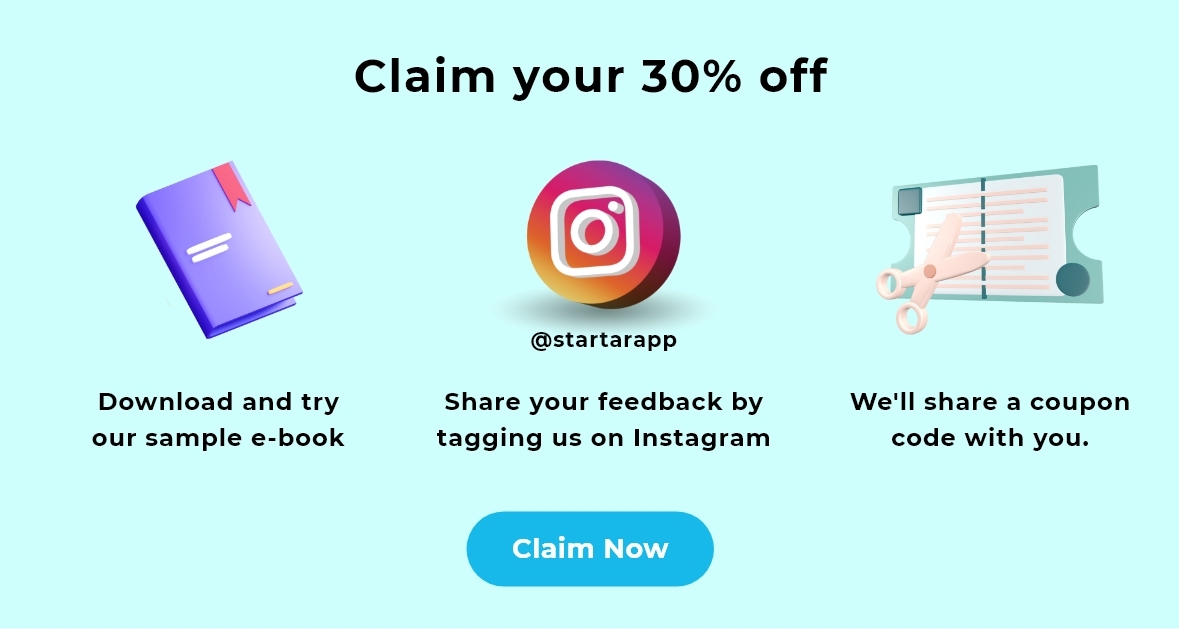For generations, the dream of truly inclusive education has remained elusive. Standardised classrooms, rigid curricula, and a lack of accessible resources often left students with diverse needs and learning styles feeling marginalised. However, the dawn of Education 4.0 – a movement characterised by the integration of technology into the learning process – offers a beacon of hope. By harnessing the power of artificial intelligence (AI), virtual reality (VR), augmented reality (AR), and other innovative tools, this educational revolution strives to create learning environments that are not only engaging but also accessible to all, regardless of background, ability, or learning style.
Personalised Learning: Tailoring Education to Individual Needs

One of the key pillars of Education 4.0’s impact on inclusivity lies in its personalised learning approach. Gone are the days of the “one-size-fits-all” curriculum that left many students feeling lost or unchallenged. AI-powered platforms like adaptive learning software now tailor learning paths to individual needs, pace, and preferences. A study suggests that students with learning disabilities can utilise alternative text formats, receive instant feedback from virtual tutors, and enjoy gamified learning tailored to their individual styles. This shift towards personalised learning empowers students to become active participants in their education, fostering a sense of autonomy, boosting academic confidence, and ensuring that no learner gets left behind.
Breaking Down Barriers: Assistive Technologies Bridge the Gap
Education 4.0 embraces assistive technologies, removing barriers for students with physical or sensory impairments. Text-to-speech applications translate written content into audio, enabling visually impaired students to access learning materials independently. Sign language recognition software facilitates communication between deaf students and their teachers, bridging the gap between traditional classrooms and their unique needs. Additionally, tools like screen readers and voice-activated controls empower students with motor impairments to navigate learning platforms and participate actively. These technologies not only break down communication barriers but also create a more inclusive learning environment where every student has the opportunity to thrive.
Beyond the Textbook: Immersive Learning Experiences
The true magic of Education 4.0 lies in its ability to transport students beyond the four walls of the classroom and immerse them in interactive, multi-sensory learning experiences. Imagine stepping into the heart of the ancient Roman forum through VR, exploring the wonders of the Great Barrier Reef in an interactive simulation, or dissecting a virtual frog in an augmented reality biology lab. Education 4.0 powered platforms like StartAR transform traditional textbooks into interactive portals, bringing complex concepts to life with 3D animations, simulations, and quizzes. Students can manipulate images, view historical artefacts from different angles, and even virtually dissect an object – all within the pages of their interactive AR book. This innovative approach caters to visual and kinesthetic learners, fostering deeper understanding and engagement, especially for students who might struggle with conventional learning methods.
Collaboration and Connection: Building a Community of Learners
Education 4.0 goes beyond individual learning, fostering social inclusion and collaboration by connecting students from diverse backgrounds and abilities. Online platforms provide safe spaces for students to interact, share experiences, and work together on projects, regardless of their physical location or social differences. Imagine students with dyslexia collaborating with their peers on a creative writing project, each contributing their unique strengths and perspectives. This collaborative learning environment encourages empathy, understanding, and respect for individual differences, promoting a more inclusive and equitable learning community.
Challenges and Considerations: Paving the Way for Equitable Access
While Education 4.0 holds immense potential to revolutionise education and make it more inclusive, it is crucial to acknowledge the challenges that lie ahead. Equitable access to technology and digital literacy remain significant concerns, particularly for students from disadvantaged backgrounds. Additionally, ethical considerations regarding data privacy and algorithmic bias need careful attention to ensure that technological advancements don’t exacerbate existing inequalities. Addressing these challenges requires a multi-pronged approach involving collaboration between educators, policymakers, and technology developers to ensure that the benefits of Education 4.0 reach all learners, regardless of their circumstances.
A Future of Possibility: Empowering Every Learner

In conclusion, Education 4.0 holds immense potential to revolutionise education, making it more inclusive, engaging, and effective for all students. By harnessing the power of technology, personalised learning, and immersive experiences, we can create learning environments that truly nurture the diverse talents and potential of every individual. While challenges remain, embracing this educational revolution with a commitment to equity, ethical practices, and accessibility can pave the way for a future where education empowers every learner, transcends limitations, and unlocks the potential within each and every child.




